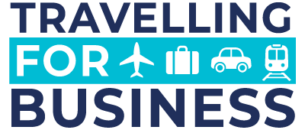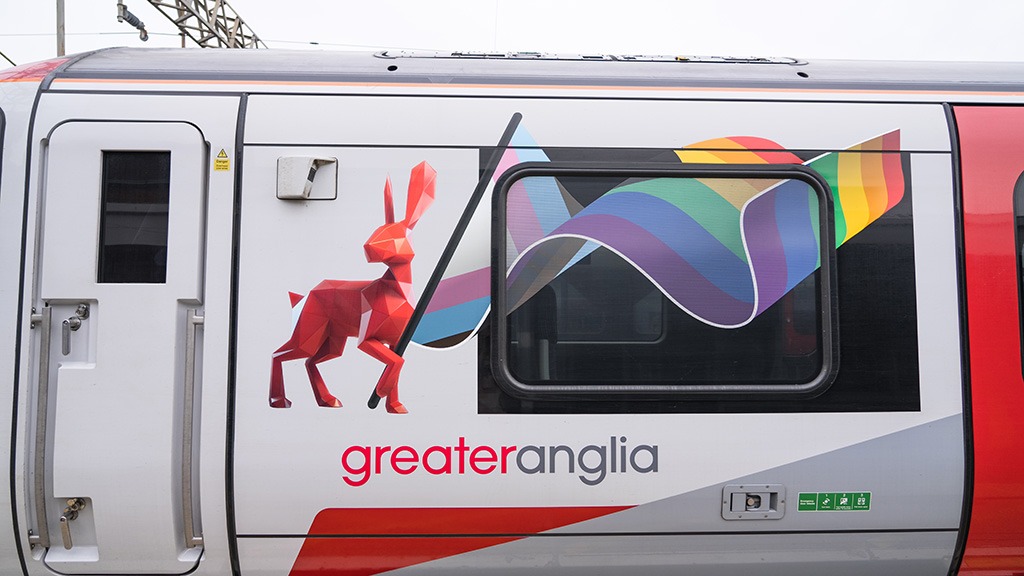Half of Britain’s rail operators will be publicly owned from next week, after the government confirmed that Greater Anglia will join the growing list of services operated by DfT Operator Limited (DFTO) under the Passenger Railway Services Act.
The move marks the third operator to enter public ownership under the current government and represents a major milestone in the Department for Transport’s efforts to simplify and stabilise the rail network through the creation of Great British Railways (GBR).
Transport Secretary Heidi Alexander said the change was part of a wider strategy to bring consistency, accountability and passenger focus back to Britain’s railways.
“From this Sunday, passengers commuting into Norwich or heading for a day out in Cambridge will be travelling on services that are owned by the public and run with their interests front of mind,” Alexander said.
“We’re reforming a fragmented system and laying the foundations for a more reliable, efficient and accountable railway – one that puts passengers first and delivers the high standards they rightly expect.”
The decision means that half of the UK’s train operating companies will now be publicly owned, joining c2c, Northern, TransPennine Express, Southeastern, LNER and South Western Railway, all run by DFTO on behalf of the government.
Under the Plan for Change, GBR will serve as the umbrella body to oversee train services, timetabling, ticketing and performance — integrating the network and reducing the long-standing fragmentation between public bodies, private franchises and infrastructure operators.
The government has positioned GBR as a key pillar of its transport modernisation agenda, aiming to blend public accountability with private-sector efficiency.
Greater Anglia, which runs services across East Anglia, including routes linking London Liverpool Street, Cambridge, Norwich, Ipswich and Stansted Airport, is expected to form the “backbone” of GBR’s passenger operations and will be used as a benchmark for best practice across the wider network.
Greater Anglia, previously jointly owned by Abellio and Mitsui & Co, is widely regarded as one of the best-performing regional rail operators in the UK. Between April 2024 and March 2025, 93.3% of its trains arrived within three minutes of schedule, according to official performance data.
Last week, the company was named Rail Operator of the Year at the National Transport Awards 2025, cementing its reputation for reliability and customer service.
Industry figures have praised the government’s decision to bring Greater Anglia under public ownership, arguing it demonstrates confidence in integrating well-performing franchises into a unified national framework.
Ben Rudkin, Operations Director at Resonate Group, said: “Greater Anglia serves as a standout example of what great looks like in the rail industry, continuing to deliver high performance for passengers.
“The work being done to better connect GA with both London and local communities plays a key role in supporting economic growth across the region, opening the door to employment and business opportunities.”
Rudkin added that the next phase of public ownership must prioritise digital transformation and intelligent rail management.
“As GA works under Great British Railways, it’s important that technology remains a central driver of success,” he said. “From intelligent traffic management to capacity optimisation and disruption response, tech plays a pivotal role in helping networks make smart, faster decisions.”
The Department for Transport has emphasised that public ownership under GBR will not be a return to “old-style nationalisation”, but a restructuring focused on modernisation, performance transparency and customer-centric service delivery.
A DfT spokesperson said the new system aims to cut duplication, align incentives, and rebuild trust between operators, passengers and government — a crucial step after years of franchise instability, service disruptions and rising passenger dissatisfaction.
With Greater Anglia’s addition, the government will control around 50 per cent of all rail operators, covering a network that moves over one billion passengers annually. The aim, ministers say, is to set a gold standard of service that private operators can match as the network transitions to a fully integrated model by the end of the decade.


